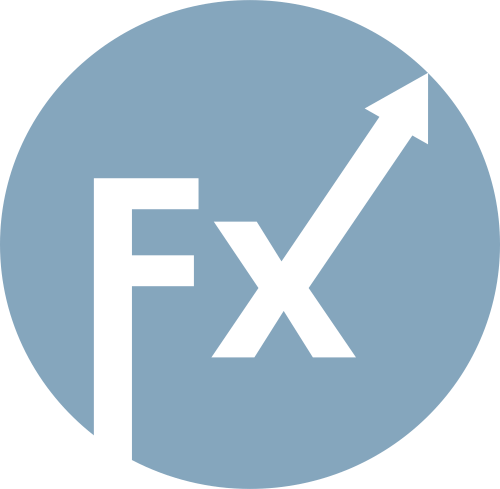Yesterday, the dollar experienced a loud sell-off on all fronts as the market was hit by a wave of speculations over the less hawkish policy of the Federal Reserve. Today's US inflation report should shed some light on the central bank's future plans. USD trajectory in the near term depends on this report.
Yesterday was black Monday for the US currency. The greenback showed the biggest decline since mid-January, coming under pressure from low yields on US Treasury bonds.
At the start of the week, the yield of 2-year US bonds plunged by more than 13%. This is the sharpest decline in a day in 36 years.
Meanwhile, the yield of 10-year bonds also showed a sharp negative trend, falling to a monthly low on Monday.
The reason for the decline in the yield of US Treasuries was a sudden change in market sentiment regarding the Fed's further policy.
Recall that last week, traders did not even doubt that the US central bank would continue to raise rates in March.
Most forecasts included a possible quarter point hike, and some investors seriously considered the possibility of a broader step (50 bps), given the recent hawkish speech by the Fed chair.
This week, everything changed: the market completely abandoned hopes for an increase in the pace of tightening in the United States, focusing on less aggressive actions of the central bank.
Now traders see a 69% likelihood of a quarter-point rate hike at the March Fed meeting. There is also an opinion that the Fed may pause monetary tightening at its next meeting, leaving the indicator in the same range. The probability of such a scenario is more than 30%.
The weakening of hawkish market sentiment is due to the current fragility of the US banking sector.
Traders fear that the collapse of a major tech lender Silicon Valley Bank, which became known at the end of last week, could provoke a broad systemic crisis.
Despite the fact that the US authorities have already taken emergency measures to strengthen confidence in the banking system, the risks of further risks remain high.
Traders fear that the Fed, seeing the serious side effects of its aggressive monetary policy, will not add fuel to the fire.
Over the weekend, Goldman Sachs analysts said that in light of recent dramatic events, they no longer expect the Fed to raise the rate at the meeting, which will be held on March 21-22.
The possibility that the Fed may pull the stopcock has put a lot of pressure on the dollar. Yesterday, the DXY index dropped 0.9% against a basket of currencies, reaching a one-month low at 103.47.

The greenback suffered the biggest losses against the yen, as well as the Australian and New Zealand dollars. USD fell by 1.4% against these currencies.
The dollar fell by 1.2% against the pound on Monday, and fell by 0.8% against the euro.
Analysts warn that another wave of volatility for the greenback is expected today. The further trajectory of the dollar's movement should be determined by the US inflation report.
Today, traders are focused on the US Consumer Price Index for February.
Investors hope that the report will shed light on the Fed's future plans regarding interest rates. Will the central bank continue monetary tightening to curb inflation? Or will it refrain from raising rates this time in order to give the banking system some respite?
In anticipation of the key report on Tuesday morning, the dollar consolidates yesterday's losses, hovering around 103.65–70. According to experts' forecasts, during the day, the DXY index can both jump up and go into free fall. Its direction will depend on what data the market receives.
Currently, economists expect a decrease in annual core inflation in the United States from 6.4% to 6.0% and predict that the monthly indicator will show the same dynamics as in January, increasing by 0.4%. Any significant deviation from the preliminary estimates may cause increased turbulence in the foreign exchange market.
Let's look at 5 potential scenarios of today's dollar movement:
A slight increase in the exchange rate
If economists' expectations are met and the US CPI rises by 0.4% on a monthly basis, the dollar may receive short-term support on the strengthening of hawkish market expectations. But in the future, investors will likely focus on the problem in the country's banking sector, which will remain on the market's radar until the FOMC meeting.
More noticeable growth
A slight deviation of real inflation from the forecast in a big way (for example, if the CPI grows not by 0.4%, but by 0.5%) should provide stronger support to the greenback. But the dollar will feel strength only if the market mood at that moment is optimistic due to positive news in the US banking sector.
Rocket takeoff
If inflation in the US in monthly terms significantly exceeds the preliminary estimate of economists (for example, it will grow by 0.6% or more), this will serve as an excellent driver for the dollar. In this case, there will be no "ifs" and no "buts". The hot inflation report will significantly strengthen the hawkish expectations of the market, even despite growing concerns about the fate of the US banking sector.
A small rollback
If the US reports an increase in the core consumer price index for the month by 0.3%, which is below the forecast of economists, it will certainly put pressure on the dollar. However, its pullback will be moderate, as the market will see that inflation is still stable, and this should support the view of a 25 bps rate hike in March.
A steep plunge
A significant slowdown in the core CPI (if inflation rises by only 0.2% or less) is the biggest risk for the US currency. Such a scenario may increase market speculation about a possible pause by the Fed, which will push the dollar to new lows in all directions.

SZYBKIE LINKI